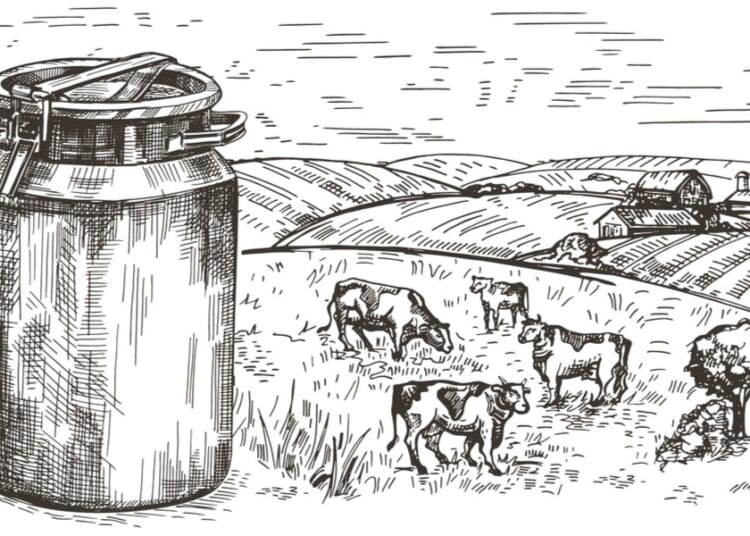LAST week I went to London for the day (not because I wanted to but because I had to). I booked on the 8.01am Avanti West Coast train from Preston due to arrive at Euston at 10.12. The one-way fare was £115.50, and that was with my Old Person’s Railcard giving me 30 per cent off. Not first class either, just standard.
The train was half an hour overdue into Preston, apparently because it had been late arriving at Glasgow from the depot. It lost more time on the way and as we pulled into Euston, the train manager announced that it was 60 minutes late and that we could claim a full refund on the ticket. (Under their ‘Delay repay’ scheme you can claim 25 per cent back if you are 15 minutes late, 50 per cent for half an hour and 100 per cent for an hour or more. Evidently this happens so often that you can set up an account which refunds you automatically.) I duly sent my claim, to receive an email from Avanti saying the train was only 59 minutes late so my refund would be 50 per cent. Of course there was no way I could prove that it was an hour.
My train back at 4.30pm (fare with railcard: £119.40, making a total of £234.90) was packed because the following service had been cancelled. A couple opposite told me they had made eight return journeys to Glasgow last year and got refunds for lateness on all but one.
It is now close to impossible to travel from the north to London in any civilised way. Your choices are rail, coach, air and driving yourself.
From February 3 to March 2 Avanti cancelled 26 services a day. The fares are outrageous. There is the constant risk of strikes on the day you need to travel.
Northern leaders and MPs are calling for Avanti to be stripped of the franchise, but the government has refused. The latest move is that drivers will be paid £600 a shift to work overtime, which the Times says will take the average salary to nearly £100,000. Is it too simple to suggest hiring more drivers?
The cheapest air fare from Manchester to Heathrow (about 50 minutes in the air) I could find yesterday is £121 return but with an hour and a half’s journey, if you’re lucky, at each end, checking in an hour before the flight and general messing about it takes a lot longer, probably about five hours, plus you have to deal with the hell that is Heathrow. Leeds-Bradford, which is a much better airport than Manchester, doesn’t do direct flights to London.
You can get a coach for as little as £17 one way but it takes six to nine hours and you depart at close to midnight, at 3am or in the afternoon, so a day trip is out of the question. And quite honestly the idea of sitting on a coach for nine hours fills me with horror.
Driving from Preston to Euston is said on the internet to be about four and half hours but anyone who has been on the M6 within living memory knows this is laughable. (Last year it took me four hours on the M6 alone, and I picked up a speeding ticket doing 55 in a 50 limit through unattended roadworks, going at the same speed as all the rest of the traffic.) Fuel would probably be about £70. Worst of all, when you get to London you have to park. That’s about as easy/costly as flying to the moon.
I should add that travelling cross-country by train in the north is just as frustrating.
What can the ordinary person like me do about it? Boycotting the train will hurt no one but me. Any ideas welcome.
***
A couple of weeks ago I wrote about slugs and snails, of which I am a big fan. Commenter ‘Yuksel’ steered me to this clip from a TV series called Trigger Happy TV which I completely missed when it was first shown in the early 2000s. I think it is one of the funniest things I have ever seen.
Fowl of the Week
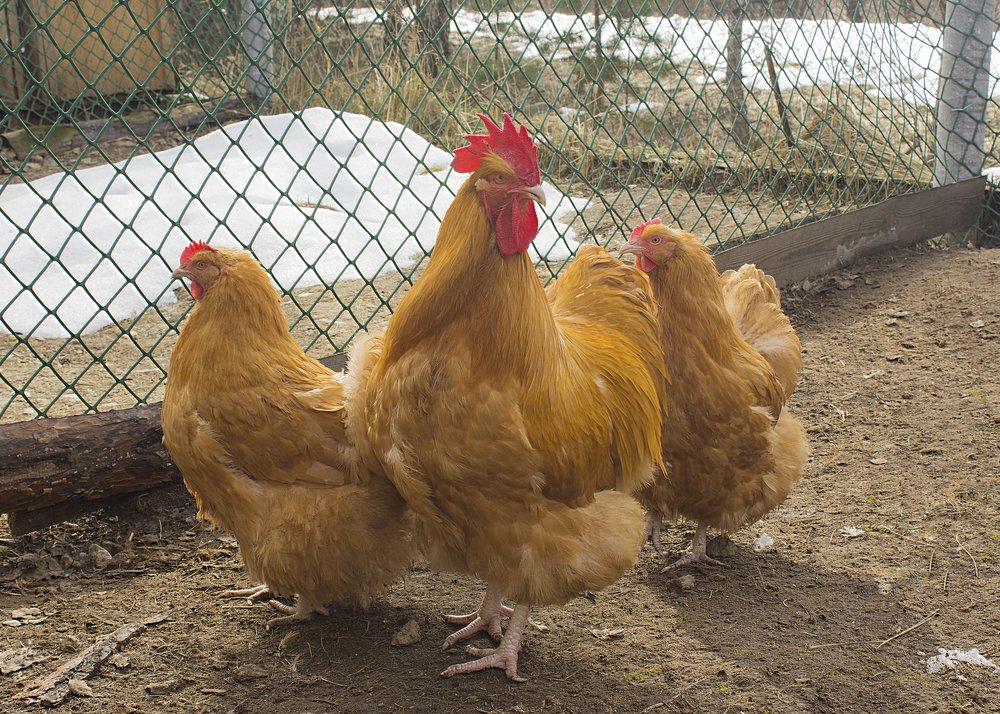
The Buff Orpington was originally a black fowl bred in the late 19th century by one William Cook of Orpington, a smallish town then in Kent and now subsumed into the London Borough of Bromley. (It still has quite a rural feel though I have always found it a rather dismal place.) He crossed Minorcas, Langshans and Plymouth Rocks to create a dual-purpose bird which could be reared for eggs or meat. It was called the Black Orpington and it was introduced to the public in 1886. Within five years, it became a great success and was exported around the world. However the fashion moved on to buff-coloured fowl, and these were produced through selective breeding. They made their first appearance at the 1894 Islington Dairy Show.
Although they are widely kept, Buff Orpingtons are on the Rare Breeds Survival Trust poultry watchlist. The RBST website says: ‘Orpingtons have a very placid, friendly and docile nature, one that is tolerant of being handled . . . They are one of the best birds for the first-time keeper and for those with children – an ideal ‘pet’ chicken . . . Although birds look large, don’t be fooled. Their size is actually made up mostly of their thick layer of feathers.’
These friendly birds come running when called.
Apart from buff and the original black, Orpingtons come in many other colours.
This is the Diamond Jubilee Orpington, so named because it appeared in 1897, the Diamond Jubilee year of Queen Victoria.
This is the red Orpington which appeared in 1910/2.
This colour is called lavender.

And here are barred, white and gold laced Orpingtons. There are plenty more variants too.
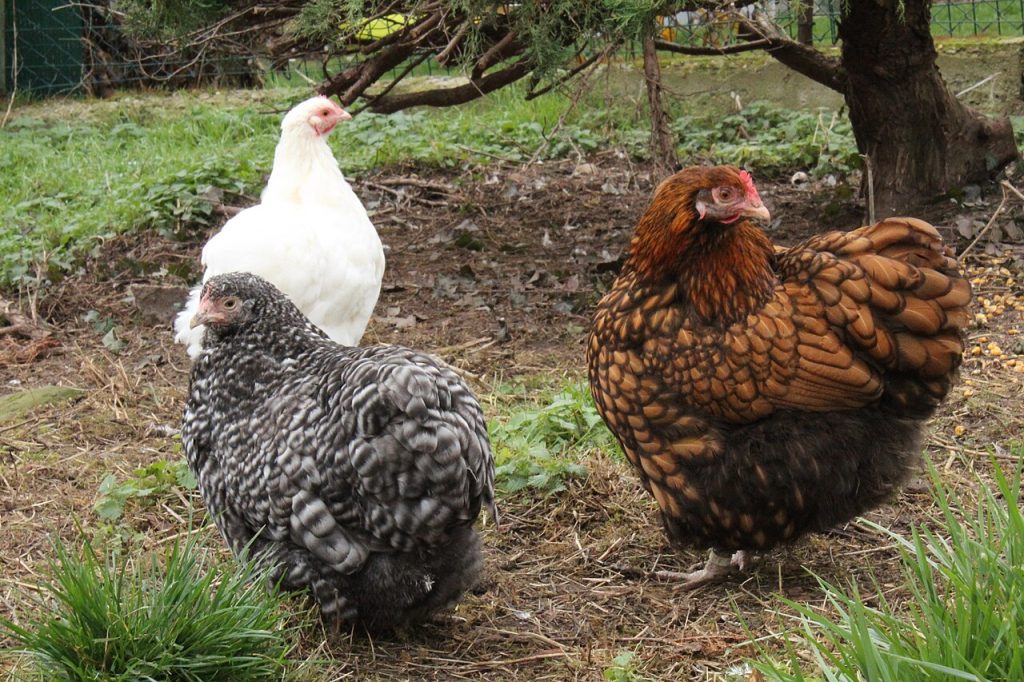
I couldn’t finish without a cock crowing. There is a great thump as he jumps off the chair.
The chicken is one of Orpington’s few claims to fame, and in 1960 a pub named after it was opened in the town. It had a sign showing a rooster. Over the years however the ‘Orpington’ part of the name has been dropped and so has the rooster sign. I would have thought it would have been an interesting bit of heritage to maintain, but what do I know? You can see details about the pub here.
***
Wheels of the Week
I am handing over this section to DAVE HIPPERSON for the second part of his reflections on modern motoring.
LAST week I wrote that I thought I had made a good deal when I bought a six-year-old Hyundai i20 for £8,000. It turned out not to be quite as good as I thought.
It has at least one unnecessary device which I am advised is now common to nearly all motor cars, for reasons I know not. To start it is necessary to fully depress the clutch. Presumably that is so the driver cannot inadvertently start with the vehicle in gear. Such a mistake usually results in the car lurching forward a few inches and stalling. Agreed, if you are parked close behind another car, even that could result in contact damage. However not nearly as much as depressing the clutch and starting the engine and then letting out the clutch to discover that it was in gear and your freely revolving motor even at tick over of 1000 rpm or so has enough grunt (technical term) to comfortably catapult you up the road some yards or firmly into the vehicle parked ahead. So the idea is counter-productive anyway, but that’s not why I will never have such a device on any car I ever own ever again. It isn’t actually the reason said motor vehicle sits outside my house while I have no plans ever to drive it again either.
The switch necessary to facilitate this superfluous idea failed one morning in early December last year so the car would not start at all. The AA came and diagnosed the fault and we took it to my fairly local garage who said they would replace the switch. Made no difference, worse actually, as now it seemed to be an intermittent fault – just to confuse you it would start from time to time with no warning. Everything was checked and no fault could be found. My garage had fiddled with the wires to the switch and the vehicle could be started occasionally. Not really very helpful.
Something in the wiring. To replace a wiring loom in a modern motor car would pretty much cost more than the vehicle was worth. My ‘Ulez compliant’ car is therefore now in effect a write-off. It sits outside my house. Clean, pristine and looking saleable but completely useless to me just because of a gimmick which is totally unnecessary, as are all the others I listed last week: ‘Self steering, self braking, speed limiting, rain awareness, cruise control (only mildly dangerous actually) clutch switches, on-off stop-start engines when stopping at lights and auto hand brakes that apply themselves if you stall, which is usually the very time you don’t want any further interference. Not to mention the bleepers, squeakers and hooters that sound if you are reckless enough to drive an inch having not first secured your seat belt or unsecured the hand brake, and possible further sirens to warn you and all and sundry that you are reversing. (If drivers are in need of that reminder, should they be at the wheel of a car in the first place?) And don’t get me started on “keyless entry”, an infallible digital Wi-Fi idea, I don’t think.’
I had to go out and buy another car without all these useless gizmos. An excellent Nissan Micra as it happens. Eight years old, low mileage, immaculate bodywork, Ulez compliant and only a seat belt warning to annoy me. No other unnecessary frills. Cost me £5,000 though.
That’s motoring progress in 2024, is it? As for anything with a soft enough suspension to ride out the bone-jarring speed bumps designed to shake the stuffing out of occupants of the modern super-stiff suspension born of a race track when mostly we are limited to 20 mph anyway, forget it. The lovely 1965 Ford Zodiac or Vauxhall Cresta would level out these horrid bumps in the road but of course be non-compliant and thus limited to out of town use only with special permission, and even that option is lessening by the minute. To stir the memories, here is a 1965 Ford Zodiac Mark III Executive 2.6
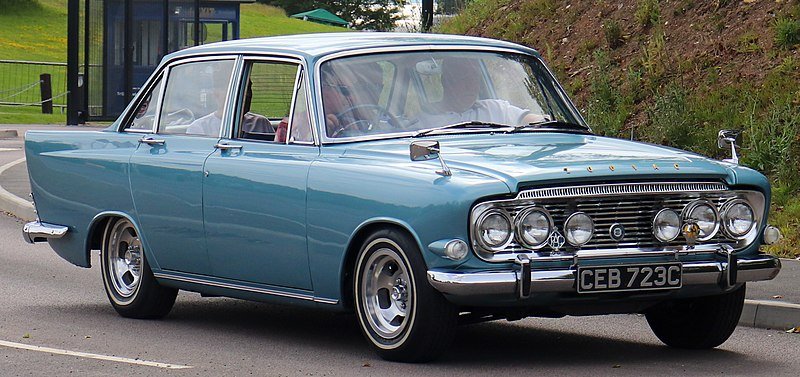
and a 1965 Vauxhall Cresta PB.
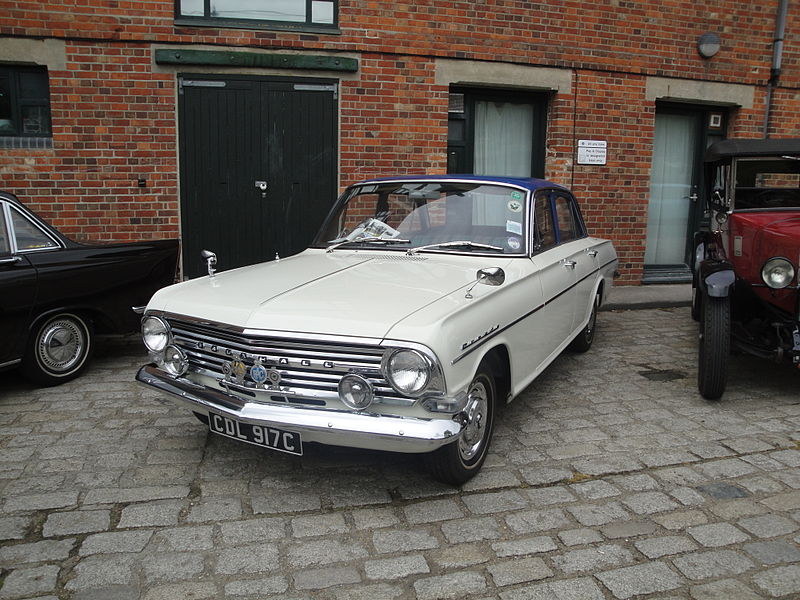
Ever wonder why everything is designed to look so aggressive and ugly at the behest of the aeronautics department? Why insist on designing for minimum drag when we are not allowed to do much over 20mph anywhere but motorways now? (And what fool would use a smart motorway?) As it happens a brick shape (not dissimilar to a London bus) but with the corners radiused is actually much more aerodynamic than is often realised, it just doesn’t look so . . . I almost said sexy but what I meant was ugly. At least manufacturers have given up the angry aggressive names like Warrior, Avenger, Tiger, Mustang etc.
Next week: The cheerful topic of motor insurance

